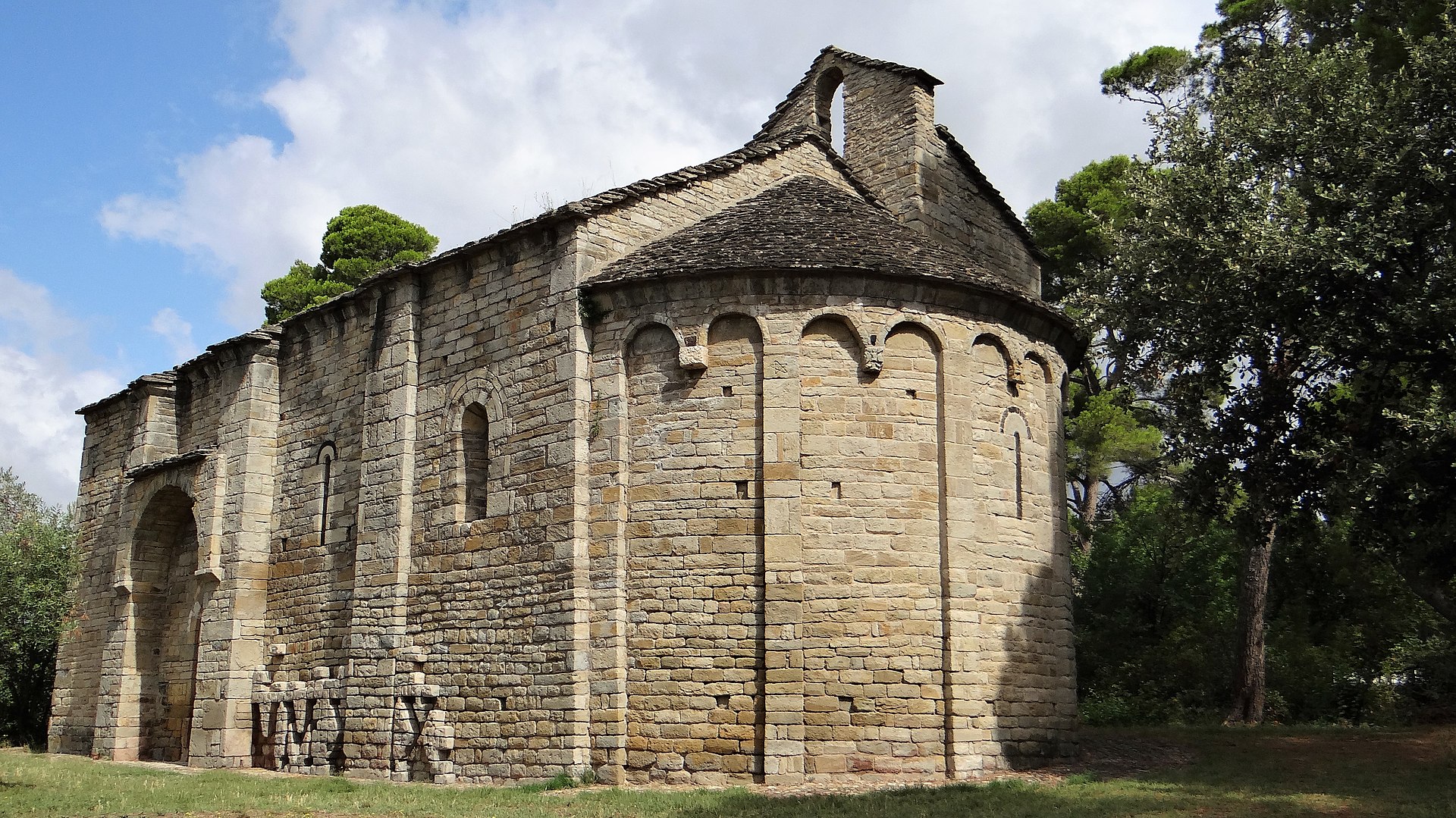📜 History of the Saint-Germain de la Serre Chapel, Cesseras
| Period / Date | Event / milestones |
|---|---|
| 11th–12th centuries | Main construction of the chapel, in two phases. |
| In the Middle Ages (specific date mentioned as 836) | A church called Notre-Dame-de-la-Serre is already mentioned in 836, to which Saint-Germain belonged. |
| 1361 | Ruins of the former Saint-Salvy Chapel (nearby) by the Routiers, in the same parish/priory complex. |
| 1383 | The Saint-Germain Chapel was attached by Pope Clement VII to the Saint-Benoît-Saint-Jean monastery in Montpellier. |
| After the 16th century | It depends on the cathedral chapter of Saint-Pierre Cathedral in Montpellier. |
| Abolition of the parish in 1801 | The chapel was part of an old parish that was abolished during post-Revolution ecclesiastical reorganizations. |
| 17 april 1947 | Classification of the Saint-Germain Chapel as a Historic Monument. |
| 1948-1954 | Major restoration work: vault, general maintenance to stabilize the building. |
🏛️ Architecture and features
Here are some notable details about its architecture, which can still be seen today:
- The chapel is in the Languedoc Romanesque/southern Romanesque style.
- It consists of a nave with three bays and a single-bay choir, ending in a semi-circular apse.
- There is a square bell tower on the north facade.
- The exterior of the apse is decorated with Lombard bands: lesenes (flat pillars), decorative arcades, and modillions.
- The portal (south facade) features polychrome voussoirs (white, beige, ochre, black) under a relieving arch, with buttresses.
- The windows are narrow, with semicircular archivolts, sometimes with a black lava stone fillet as an ornament around the archivolt.
- Interior: single nave, broken barrel vault over the nave, cul-de-four vaulted apse.
🔍 Other interesting aspects
- It was the parish church of a village that no longer exists, and was part of a rural priory (Notre-Dame de la Serre) along with other annexes such as Saint-Salvy.
- The parish was abolished in 1801 as part of the post-French Revolution ecclesiastical reform. After that, the chapel was used less as a parish center.











